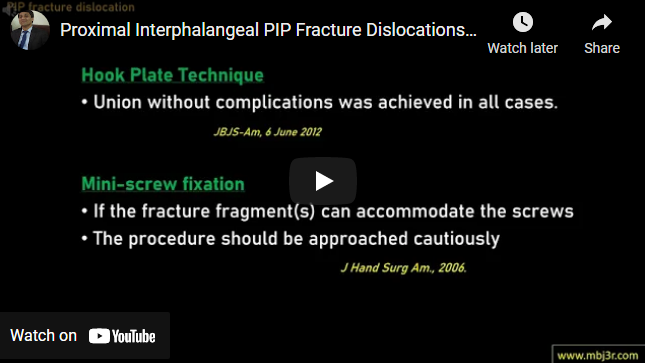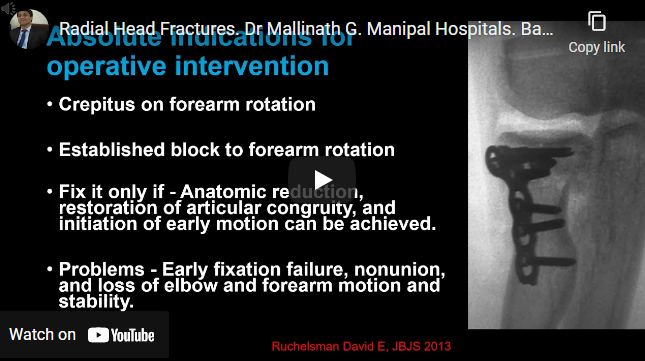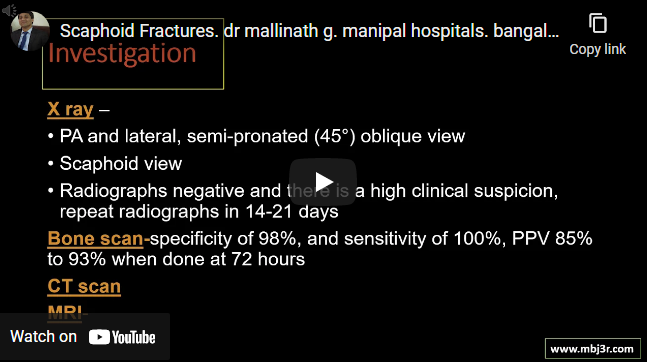Benign proliferative disease of the synovial joint, synovial bursa, and tendon sheath Knee joint being involved most often, followed by the hip, ankle, shoulder, and elbow Localized type and diffuse type Histologic findings of mononuclear cells, giant cells, foam cells and hemosiderin deposits Histologically may resemble haemophilic joint or GCT of tendon sheath pathognomonic appearance on MRI Arthroscopic or open…






